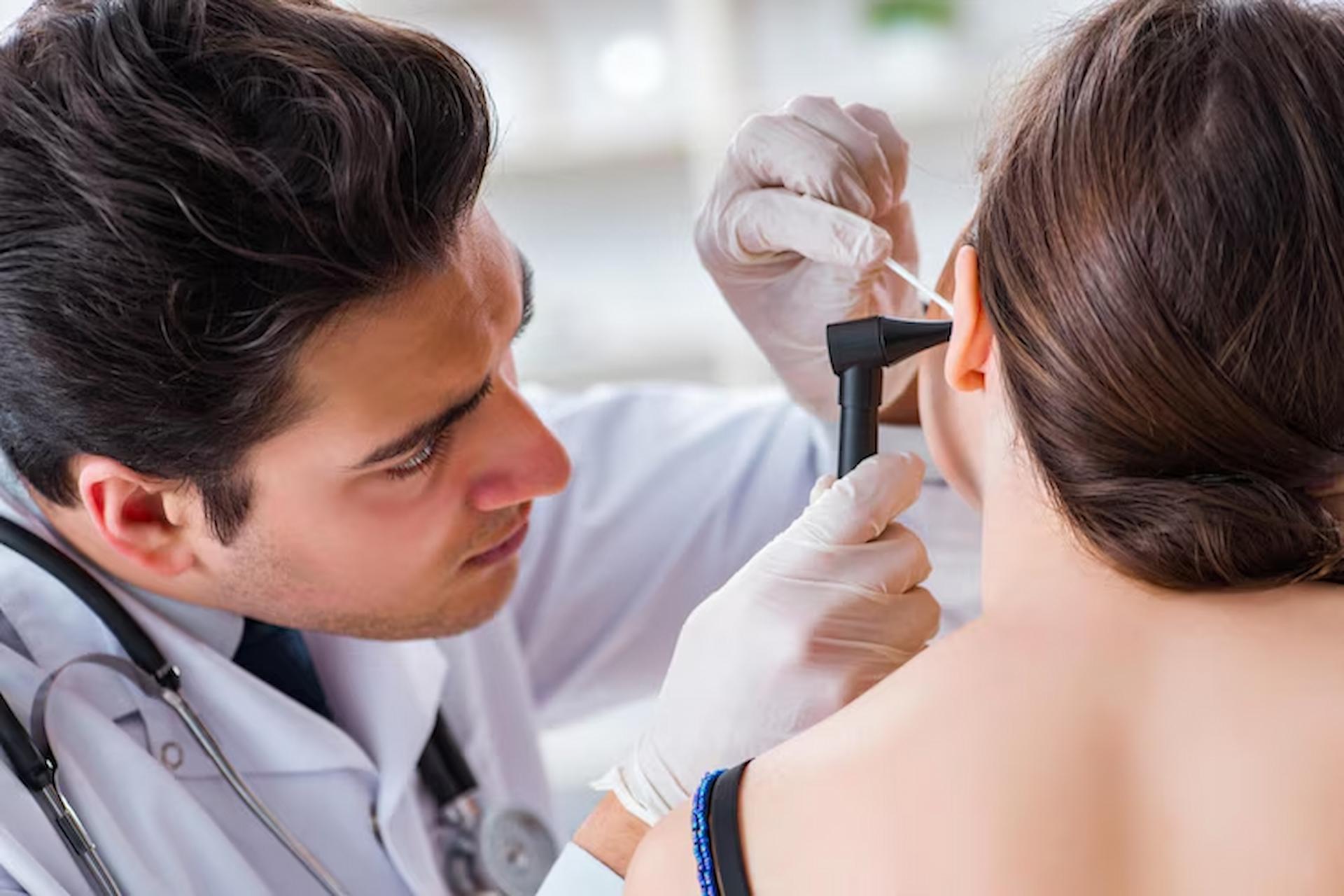Ear wax, scientifically called cerumen, is an endogenous substance synthesised by glands within the ear canal. Despite its essential role in ear protection, ear wax often gets a bad rap. Many myths and misconceptions surround the topic of ear wax removal, leading to confusion and potentially harmful practices. This article dispels common ear wax removal myths, providing clarity and guidance on maintaining healthy ears.
The Purpose of Ear Wax
Despite common misconceptions, cerumen (ear wax) is neither unhygienic nor superfluous. It serves several crucial functions in maintaining ear health. Initially, cerumen serves as a defensive barrier, adept at ensnaring particulate matter such as dust, debris, and external contaminants, thus preventing their ingress into the intricate structures of the inner ear. Additionally, ear wax possesses antimicrobial properties, helping to prevent infections by inhibiting the growth of bacteria and fungi. Understanding the essential role of ear wax can help individuals appreciate its presence and avoid unnecessary removal. Visit hearpure.com to learn more about ear health and maintenance.
Cotton Swabs are Safe for Ear Cleaning
One of the most prevalent myths surrounding ear wax removal is that cotton swabs, commonly known as Q-tips, are safe and effective tools for cleaning the ears. Using cotton swabs to remove ear wax can do more harm than good. Inserting cotton swabs into the ear canal can push wax deeper, potentially causing impaction or injury to the ear canal or eardrum. Moreover, cotton swabs can also remove the thin layer of wax that lines the ear canal, leading to dryness and irritation. Instead of using cotton swabs, individuals should opt for safer methods of ear wax removal, such as ear drops or irrigation by a healthcare professional.
The Dangers of DIY Ear Wax Removal
In an attempt to rid themselves of ear wax, some individuals resort to DIY methods that can be dangerous and ineffective. From candle ear candling to makeshift ear irrigation devices, there is no shortage of dubious techniques promoted for ear wax removal. However, these methods carry significant risks, including burns, perforated eardrums, and further impaction of wax. It is essential to recognise that the ear is a delicate organ, and attempting to remove wax without proper knowledge or tools can result in serious harm. Instead of taking matters into their own hands, individuals should seek guidance from a healthcare professional for safe and effective ear wax removal.
Professional Ear Wax Removal
For those experiencing symptoms of ear wax impaction, seeking professional ear wax removal may be necessary. Ear wax removal performed by a healthcare professional, such as an otolaryngologist or audiologist, is a safe and effective way to address impacted wax. The healthcare provider may use specialised tools, such as a curette or suction device, to gently remove the wax buildup during the procedure. In some cases, ear irrigation may be performed to flush out the wax using warm water or saline solution. Professional ear wax removal is typically quick and painless, relieving symptoms such as earache, hearing loss, or tinnitus.
Natural Ear Wax Removal Remedies
In recent years, the internet has been inundated with articles promoting various natural remedies for ear wax removal. From olive oil drops to garlic-infused solutions, these remedies often claim to dissolve or loosen ear wax without professional intervention. While some natural remedies may temporarily relieve mild ear wax buildup, their efficacy and safety remain questionable. Additionally, there is a lack of scientific evidence supporting the use of these remedies for ear wax removal. Without proper guidance from a healthcare professional, individuals risk exacerbating their ear wax impaction or causing damage to the delicate structures of the ear. Therefore, it is crucial to approach natural ear wax removal remedies cautiously and seek advice from a qualified healthcare provider before attempting them.
Debunking Common Myths About Ear Wax Color and Consistency
Another area of confusion surrounding ear wax pertains to its colour and consistency. Many people believe that the colour of ear wax can indicate underlying health conditions or hygiene habits. However, the colour and consistency of ear wax vary widely among individuals and are influenced by factors such as age, genetics, and environment. While ear wax may range from light yellow to dark brown and may be soft and sticky or dry and flaky, these variations are typically normal and not cause for concern. Contrary to popular belief, dark or discoloured ear wax does not necessarily indicate poor hygiene or infection. Instead of fixating on the colour or consistency of ear wax, individuals should maintain regular ear hygiene practices and seek medical attention if they experience symptoms of ear wax impaction or infection.
Conclusion
Ear wax removal is a topic shrouded in myths and misconceptions. By understanding the purpose of ear wax and the risks associated with improper removal, individuals can make informed decisions about their ear care routine. Instead of using DIY methods or cotton swabs, seeking guidance from a healthcare professional for safe and effective ear wax removal is advisable. By debunking myths and promoting best practices, we can ensure that everyone enjoys optimal ear health and well-being.
Read more: https://proactolblog.org/the-healthcare-msp-and-vms-what-you-need-to-know



